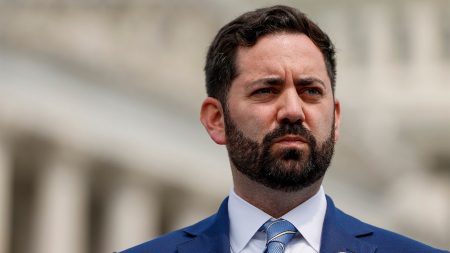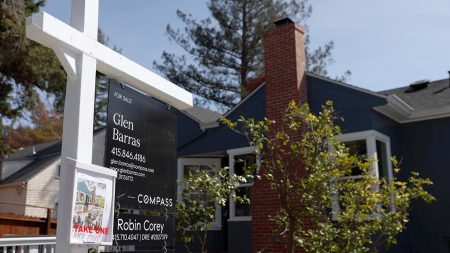A frequent question I hear from people getting ready to enroll in Medicare is: What is the biggest mistake people make? There are too many question to identify just the biggest.
However, a top contender for the honor would be COBRA. The Consolidated Omnibus Budget Reconciliation Act mandated this coverage to help workers and their families continue group health benefits during times of job loss, work reduction, transition between jobs, and other life events.
In most cases, those who accept COBRA coverage before age 65 will discover it ends as of their 65th birthday. However, those older than 65 who lose a job can qualify. Some employers offer paid COBRA coverage for a certain number of months; six- and 12-month periods are common examples. These individuals going on COBRA generally enroll in Part A, hospital insurance. It can help with some healthcare costs, such as hospitalization, and, if they plan to receive Social Security retirement benefits, they must have Part A. However, Medicare Part B, medical insurance, is optional coverage because it has a monthly premium, $174.70 in 2024. Higher-income individuals also pay more, depending on income. The health coverage has not changed so why is Part B necessary? And therein lies the problem.
Two Important Reasons To Enroll In Part B Right Away
1. The chance to enroll will expire in eight months.
Those who did not enroll in Part B at age 65 and continue working have one opportunity to apply without penalty or delay, their Part B Special Enrollment Period. This is an eight-month window that begins with the last day of employment or coverage, whichever comes first. If someone who has 12 months of paid COBRA waits until the end, he or she will be four months too late to enroll.
It is not pleasant for those who missed their SEP. Their next opportunity to get Part B will be during the General Enrollment Period, January 1-March 31, and coverage will take effect the month after enrolling. I usually hear something like, “So, what am I going to do for healthcare coverage until then?”
As if that isn’t bad enough, there is a second issue. They could face a Part B late enrollment penalty, which is 10% of the standard Part B premium for every year (12 months) that enrollment was delayed. One year late enrolling in Part B would cost an additional $17.49 a month in 2024.
2. You could be in jeopardy if your health changes.
It’s possible that those on COBRA who stay healthy and do not need medical care won’t encounter any problems. But if diagnosed with cancer or suffering a heart attack, they learn that the COBRA plan will not pay because they should have been enrolled in Medicare.
By law, after employment ends over the age of 65, a COBRA plan becomes the secondary payer to Medicare. Medicare is responsible for paying first, establishing the secondary payer’s share. Without Medicare, it can be like having no insurance. A post on Medicare.gov states it clearly: “If you have COBRA and you’re eligible for Medicare but not enrolled, COBRA may only pay for a small portion of the healthcare services you get, and you may have to pay most of the costs yourself.”
If you have the opportunity to take COBRA coverage after age 65, enroll in Medicare Part A and Part B before it starts. That way you’ll avoid one of the biggest Medicare mistakes.
But you decide. Is COBRA the biggest potential pitfall or stumbling block on the path to Medicare? It might depend upon your level of awareness and preparation as you approach that milestone.
Read the full article here













